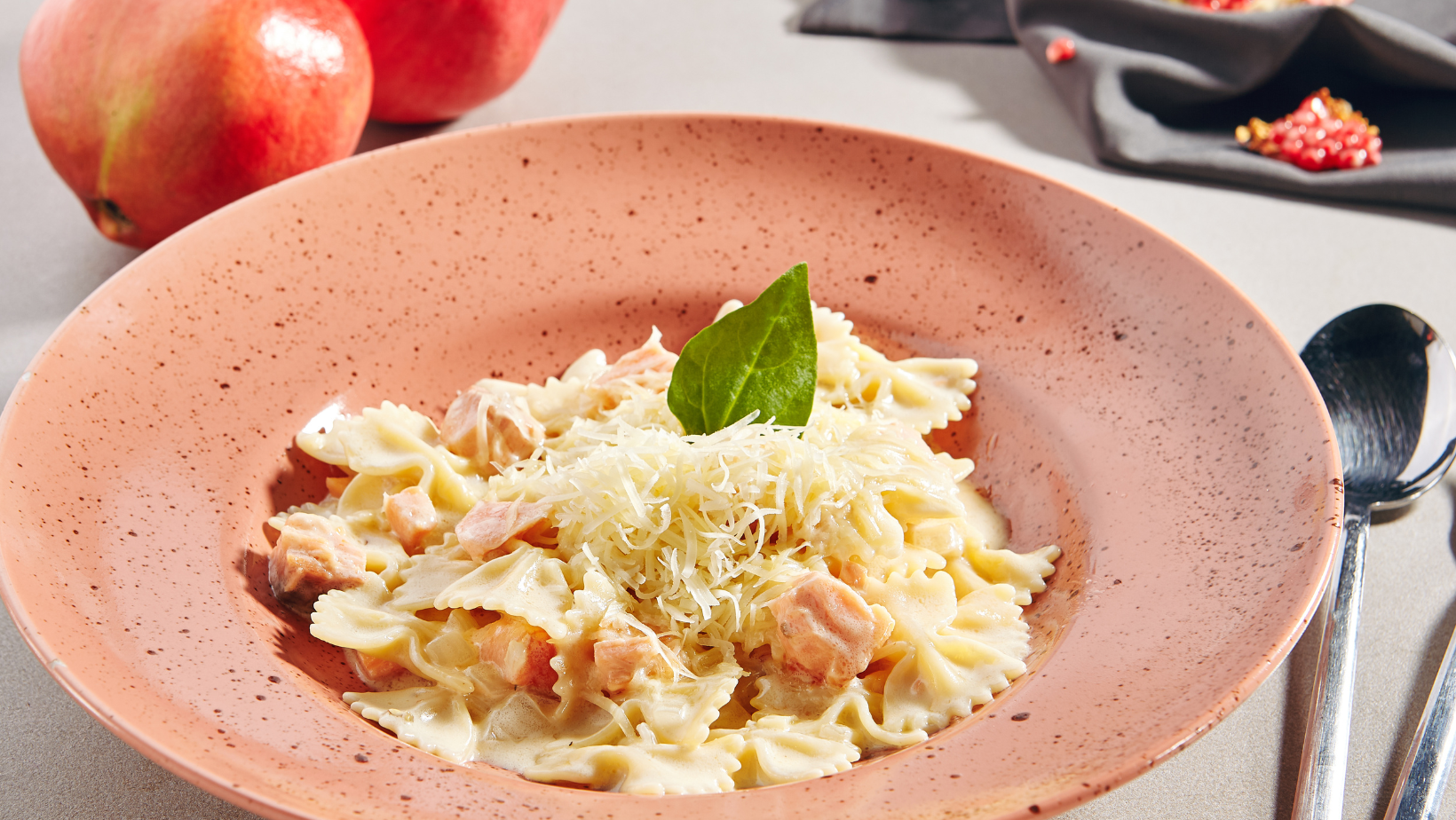In the culinary world, the phrase “al dente” carries a charm that resonates deeply with food enthusiasts and chefs alike. Originating from Italian cuisine, this term is pivotal in pasta preparation, but its influence stretches across various ingredients and dishes. Understanding al dente is essential for mastering not just pasta dishes but also for appreciating the texture and quality of food.
Al Dente Culinary Definition
The term “al dente” comes from Italian culinary arts and commands significant importance, especially in pasta and rice preparation. Its literal  translation from Italian as “to the tooth” underpins the technique of cooking pasta or rice until it is just firm enough to offer a slight resistance to the bite. This concept is not just a cooking style but a cultural marker that denotes culinary precision that Italian chefs prize highly.
translation from Italian as “to the tooth” underpins the technique of cooking pasta or rice until it is just firm enough to offer a slight resistance to the bite. This concept is not just a cooking style but a cultural marker that denotes culinary precision that Italian chefs prize highly.
Historically, the emergence of “al dente” in Italian cuisine can be linked back to the desire for textures that enhance the eating experience. Italians have always valued the quality of their meals, which includes the texture and the way ingredients combine to create a harmonious dish. The al dente cooking technique allows for a texture that not only manifests in an appetizing chew but also ensures that the pasta stands up better to sauces and dressing, integrating flavors effectively.
Cookbooks dating from the early 20th century began to emphasize the importance of the al dente texture, noting that pasta should not be overly soft or mushy, which could detract from the overall quality of the dish.
What Does Al Dente Mean?
Al dente culinary definition yields a texture that offers a firm bite, distinguishing it from overcooked, mushy pasta. The term al dente implies a  level of doneness essential for pasta to maintain a slightly resistant core when one bites into it. Chefs achieve this texture by meticulously timing the cooking process, often subtracting a minute or two from the boiling times listed on pasta packaging.
level of doneness essential for pasta to maintain a slightly resistant core when one bites into it. Chefs achieve this texture by meticulously timing the cooking process, often subtracting a minute or two from the boiling times listed on pasta packaging.
When pasta cooks to the al dente culinary definition stage, it remains digestible and retains its nutrients better than if it were overly softened. Importantly, this texture ensures the pasta supports, rather than overshadows, the flavor of the sauce with which it’s served. This balance enhances the overall taste and sophistication of dishes, making al dente an essential technique for professional and home chefs alike.
Practical Guide to Achieving Al Dente
To achieve the coveted al dente texture in pasta, timing, water temperature, and pasta quality play pivotal roles. Here’s a structured approach to ensure pasta turns out perfectly al dente every time:
- Choose the Right Pasta: Opt for high-quality pasta made from durum wheat semolina. This type of pasta holds up better during cooking,
 providing a desirable firmness.
providing a desirable firmness. - Boil Water Generously: Use a large pot to allow the pasta enough space to move freely. For each pound of pasta, use about 4-6 quarts of water.
- Salt the Water: Add salt to the boiling water before introducing the pasta. About two tablespoons of salt per pound of pasta helps to enhance the pasta’s flavor as it cooks.
- Stir Frequently: Once the pasta is in the pot, stir it occasionally to prevent the pieces from sticking together or to the bottom of the pot. This ensures an even cook throughout.
- Timing is Key: Follow the package instructions but begin checking the pasta about 2-3 minutes before the noted cook time. The pasta should be firm to the bite, which is the essence of al dente.
- Taste Test: The only foolproof way to know if pasta is al dente is to taste it. The pasta should feel slightly firm and offer some resistance when bitten into, not soft or overly chewy.
- Drain Quickly: Once the pasta reaches the al dente stage, drain it immediately to prevent further cooking. Avoid rinsing to ensure the starch remains on the pasta, which helps sauces cling better.
Al Dente in Other Cuisines
Exploring the concept of al dente beyond Italian borders reveals its universal appeal in culinary arts worldwide. Many chefs globally incorporate this technique to preserve the natural texture and flavor of ingredients, adapting it to suit local tastes and traditions. Whether it’s vegetables in a stir-fry or rice in a pilaf, the principle of cooking to a precise tenderness is widely appreciated. This approach not only respects the ingredient’s integrity but also enhances the overall sensory experience of a dish.


